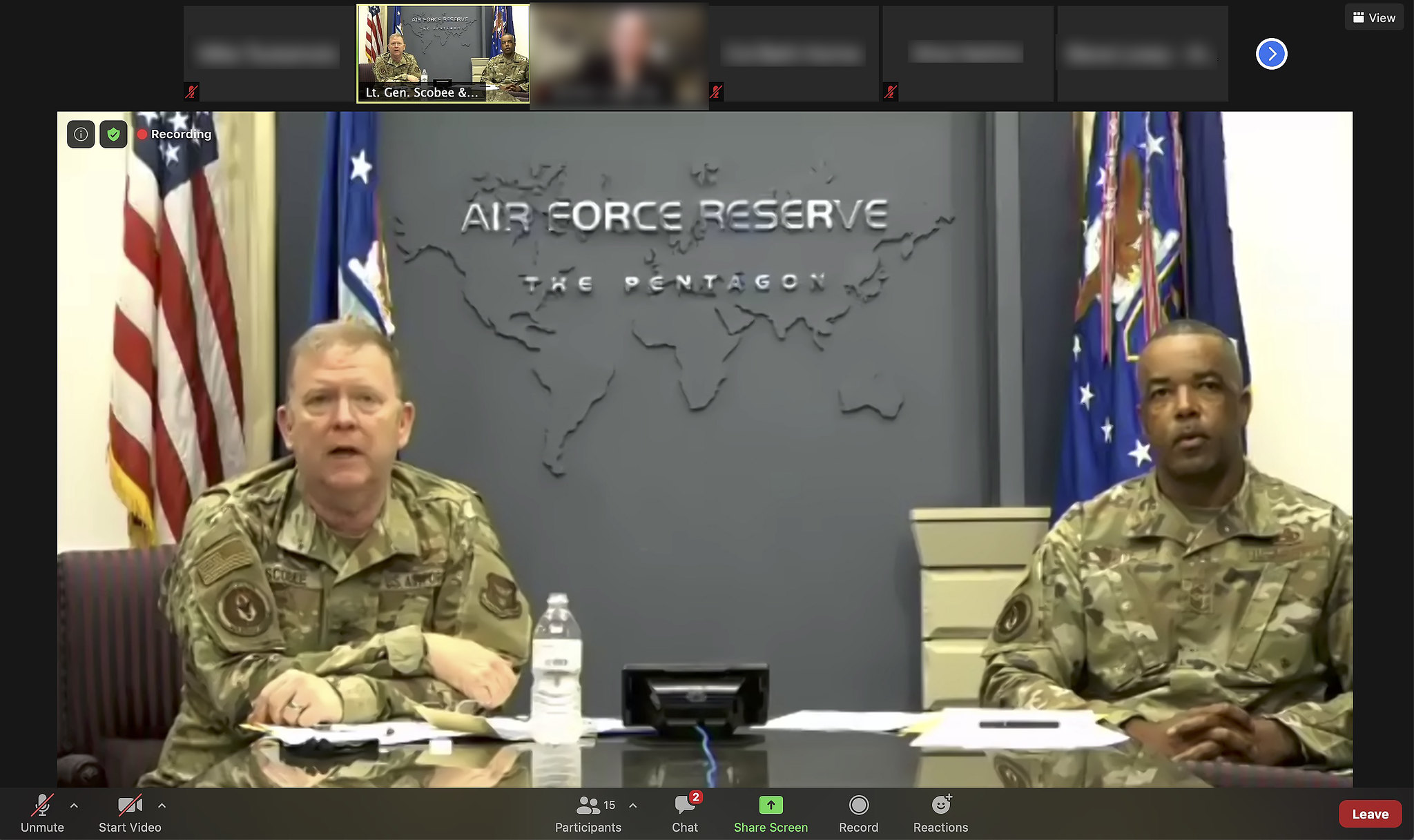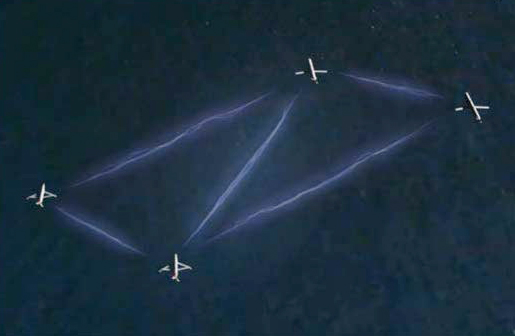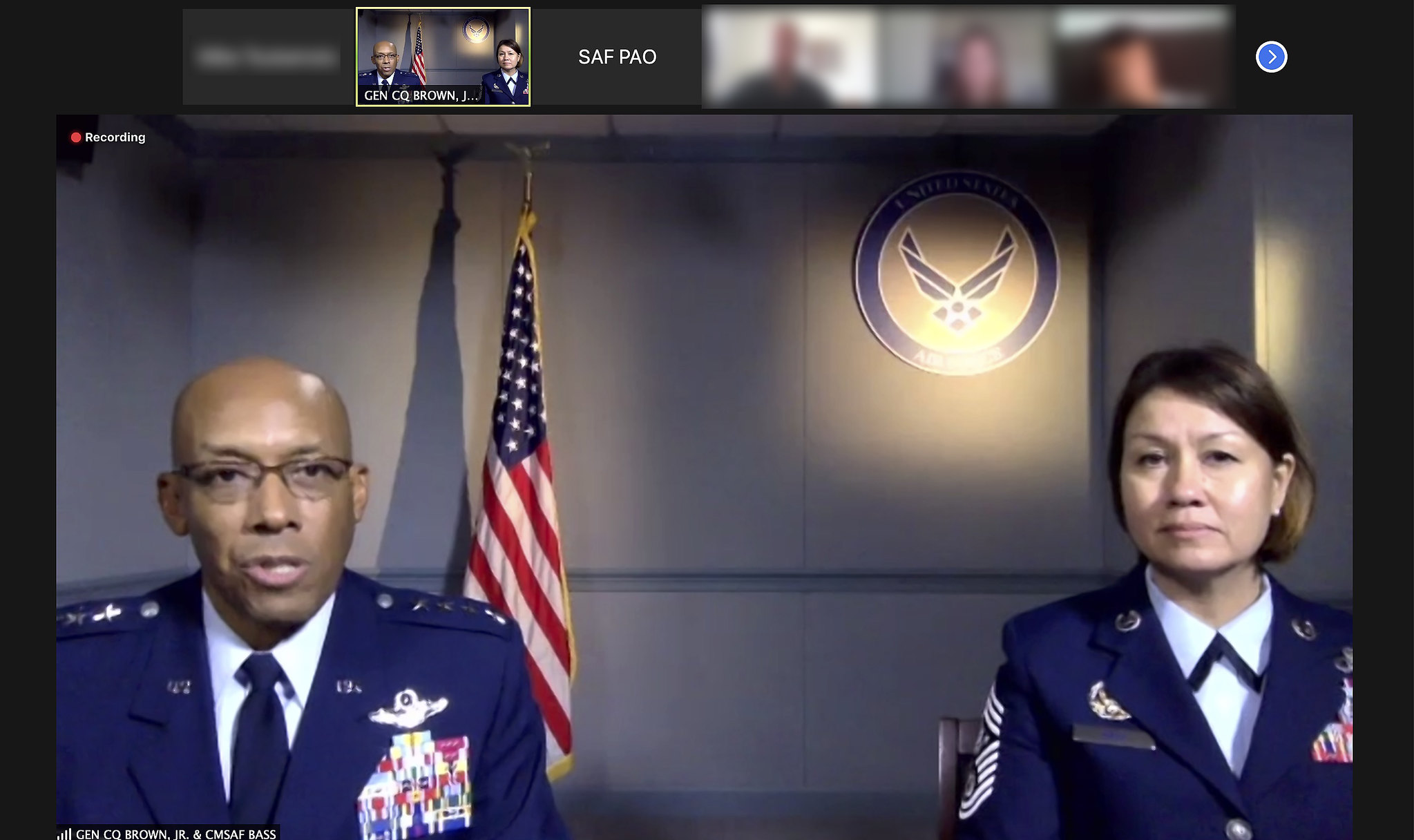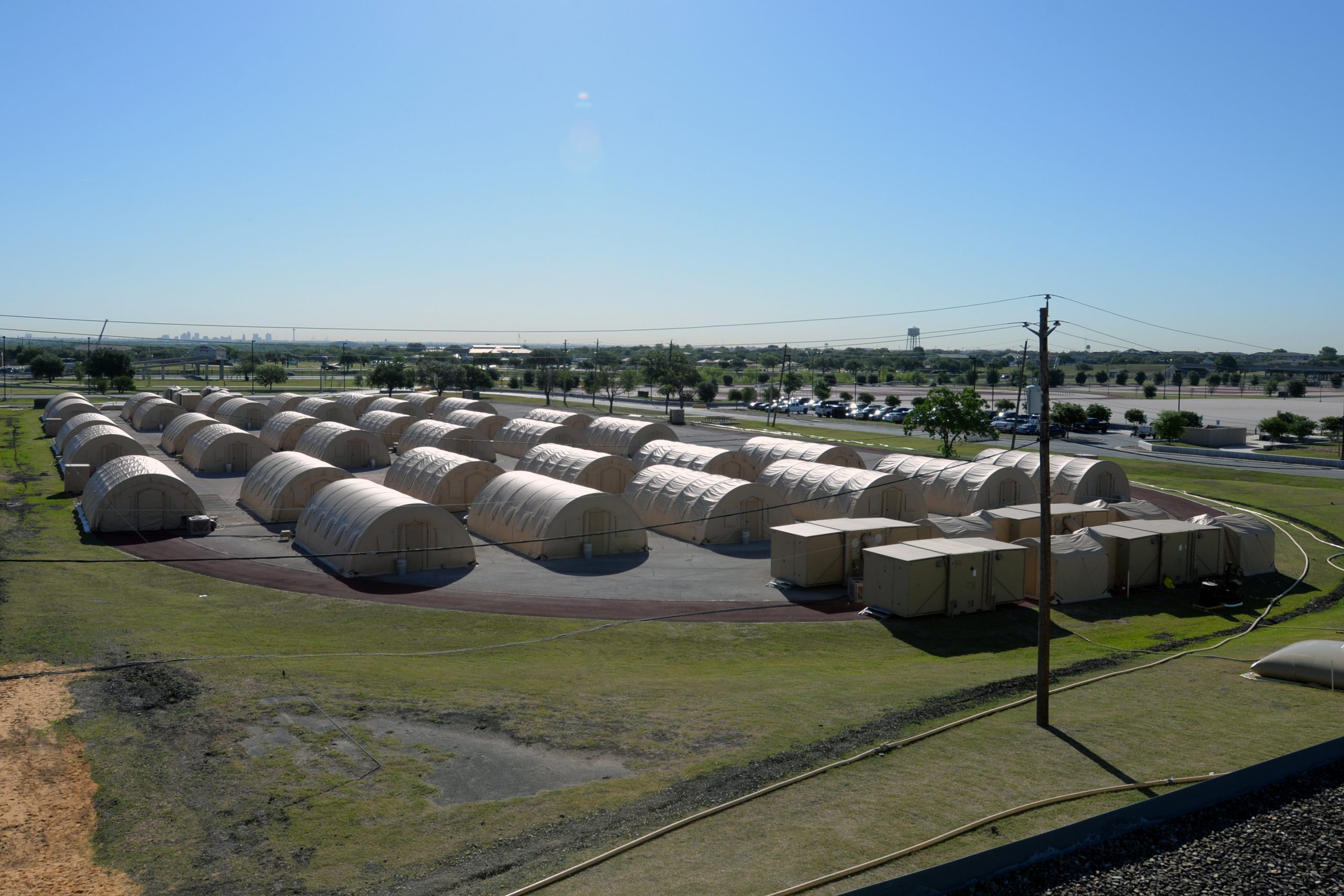The Air Force Reserve will need to undertake both internal and external changes in order to heed Air Force Chief of Staff Gen. Charles Q. Brown Jr.’s Total Force directive to “accelerate change, or lose,” its boss Lt. Gen. Richard W. Scobee said.
“It’s going to include reforming the organization internally, and how we deal with our Airmen, but also externally in how we present forces to the Joint Force,” he told reporters during a media roundtable at the Air Force Association’s virtual Air, Space & Cyber Conference on Sept. 16.
Scobee said internal changes will center around making Reservists feel as though “their contributions to defense are very valued.”
That will require Congressional assistance on pay status reform, updates to Reserve medical and personnel programs, as well as “a lot of finance things,” he said.
And on the external side, Scobee said the Reserve must ensure its organization “is agile enough to meet” CSAF’s demands.
“What it’s going to take is some consolidation of some of the things that we’re doing, so you’ll see some of the overhead of what we’re doing start to come down … The other piece of it is … making sure we’re putting Airmen into those jobs, especially when it comes to JADC2 [joint all-domain command and control],” he said. “We’re on the point of the things of where the Air Force is going, so when we talk about connecting all of our sensors with our platforms, you know sensors to shooters, really we want to be involved in that.”
Editor’s Note: This story was updated on Sept. 23 at 6:29 a.m. to clarify quotes from Scobee.








